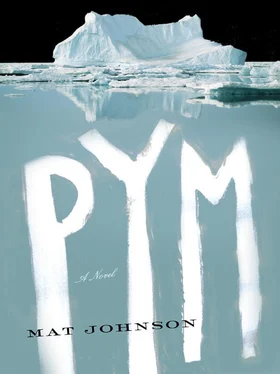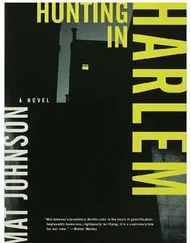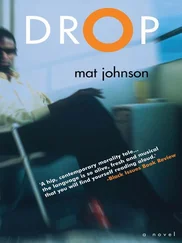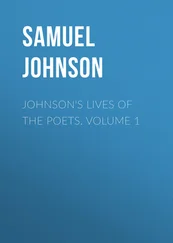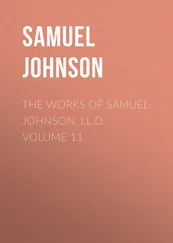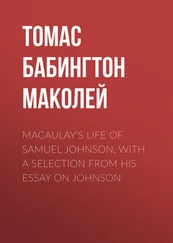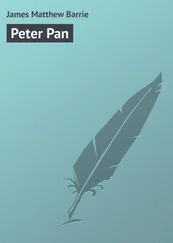Mr. Dirk Peters.
I will kindly ask you to stop harassing me, as I have now addressed your fear of defamation in regards to this matter. I will write again that I had ended my tale of long fiction without showing our mutual friend coming to any sort of demise, by foul play or other. But, in light of your request and the energetic ones of your local legal counsel, I have considered the matter further. Instead of adding your requested disclaimer, however, I have written an epilogue in Mr. Pym’s hand to serve as the final linking entry. Thus it will end the book, and I trust as well this correspondence.
Sincerely,
E.A.P.
After a lengthy recounting of her family history and the presentation of many a brown photo of many a brown face, Mrs. Mathis kindly agreed to make a deal with me. For her part, she would make me a color photocopy of her priceless letter, done on archival paper for historical purposes, and in return I happily agreed to escort Mrs. Mathis to some kind of local social gathering on the following day, when I was to return to pick up my treasure.
“It’s good luck, you coming when you did. You’re going to like this. It’s right up your alley” was all she would tell me of what she had planned.
* (Negatively.)
† Laissez les bons temps rouler!
‡ Usually, these claims take the form of the sentence “You know, I got Indian in me.”
§ The most repeated line in the manuscript was “______ was a lazy sod.”
‖ Having examined the hand and paper stock of that first cover page, I came to the conclusion that that page alone was not the work of Dirk Peters himself. Rather, I believe, it was the work of another, earlier owner of the manuscript. Apparently this owner attempted to translate the text into readable English, but after slogging through the opening title, author, et cetera, admitted defeat and went no further.
IT turned out that Mahalia Mathis was not the only resident of Gary, Indiana, to claim Native American descent. Despite the fact that the satellite city of Chicago was 84 percent black, there were enough “Indians” to form a club, and it was to participate in its gathering that Mrs. Mathis had recruited me.
The Native American Ancestry Collective of Gary (NAACG) met on the first Thursday of every month at the Miller Beach Senior Center. *During our long and illuminating ride, I was simultaneously given a tour of the modern-day Gary, complete with a commentary on its most famous entertainment family, and told of the saga of Mahalia Mathis’s own family, the Jacksons. †Mahalia’s late husband, Charles, had passed a decade before. Charles, Mahalia acknowledged, had indeed been “colored.” Mrs. Mathis went on to note that both her sons had married white women and that her grandchildren had been spared Charles’s burden. It seemed that her sons had been spared the burden of their mother as well, because it was clear from her tone that she was estranged and isolated from all of her people.
“Your mother must have been so relieved when you came out,” Mahalia Mathis turned in her passenger seat to say to me, reaching out to lightly touch the back of my neck, where my stringy hair met my fired alabaster skin. I giggled nervously, jerked my head, and eventually the older woman put her hand back at her side again.
Once the community center had been entered it was rather easy to locate the dozen or so NAACG members. This was not because the group looked like Native Americans; to my eyes, they looked like any gathering of black American folks, some tan and most brown. What distinguished this group was their attire. The first man I saw in the room had a full Native American headdress, a Stegosaurus spine of white feathers that reached all the way down to his moccasins. He was sitting on the edge of a metal foldout chair trying not to harm his plumage while he sipped his coffee from a Dunkin’ Donuts cup. As I walked in with Mrs. Mathis on my arm, he turned toward us and the red war paint he had on his nose and cheeks spread as he smiled. Others in the room were more muted in their attire, but all seemed to have their flair. By the open box of donuts a woman wore a casual coat made of simulated Hopi cloth. Over by the blackboard a tall, slender brother chuckled and chatted on his cell phone, his raised hand a miniature museum of turquoise finger ornaments. Past him, a portly man with chemically relaxed hair tied into two greasy ponytails twirled one of those wet ropes with his finger as he waited for the meeting to begin. The only person besides myself who was not outfitted in some form of indigenous attire was a brown-skinned woman in a pink raincoat sitting in the farthest chair from the door as she read a magazine, but clearly she was the waiting escort of someone in the group.
Somehow it had been spread around the room that I was a reporter sent to cover their event. ‡The folks, pleasant and welcoming, made their introductions by telling me both their names and their Native connections. Tanisha Johnson — Cherokee. Antony Thomas — Chickasaw. Tyrone Jackson — Seminole.
“We’re so glad you’re here, so glad that you came to record this special day,” Tyrone told me, and the others who began to take their seats as well agreed.
“Well, you know I couldn’t just let this day go by, could I? This is historic,” Mahalia Mathis boomed, her own hair hot-combed back into a Pocahontas bun for the occasion.
I whispered to her, “I’m sorry, what is today?”
“Today, we get our proof. That was my surprise. It will make an excellent essay for you; I know it. Today the truth is revealed, at long last. DNA testing isn’t just for criminals trying to get out of jail free; it’s for decent Indians trying to prove their heritage.”
“It took us a year, and a lot of phone calls, but we found Dr. Hollins over at the University of Chicago to do our test for us, part of a program I read about in the Telegraph, ” bragged Antony, handing me a cruller on a napkin. “All expenses paid, all we had to do was scrape a Q-Tip in our mouths and they said they’d do the rest.”
“I’m going to send my baby to college on this evidence, just you watch. We tried to join the Sioux Nation a few years back, and they had the nerve to turn us down. We’ll see about that now,” Tanisha humped, the tassels that lined her coat and pants rippling like the legs of a centipede.
The others were equally excited, and as they told their stories of ostracization by their respective Native nations, I empathized with their obvious pain. Although they didn’t mention it, I imagined walking around Gary, Indiana, dressed in Native American attire had probably led to other incidents of alienation as well. §
It was out of empathy that I removed a pad from my pocket and began taking notes, half convinced that I might just write an essay about this, that maybe I could play at being a pop psychologist. If this Negro in a Rick James jacket could call himself a war chief, then why not? Then the brother from the University of Chicago’s lab finally arrived.
“Well, as many of you thought, your tests have proven that, as a group, you do have a percentage of Native American heritage. There is a margin of error, of course, but overall your tests proved to have between zero and thirty-two percent Native DNA, between eleven and sixty-four percent European DNA, and as for your African DNA—”
“On average then,” Tyrone interrupted eagerly, “how much Native blood do we have?”
The professor stiffened visibly, put down the chart he was reading from, and leaned back on the desk behind him. “Well, the average … On average you have about six percent. Six percent Native blood among you, which is about the average for African Americans on the East Coast, for instance.”
Читать дальше
